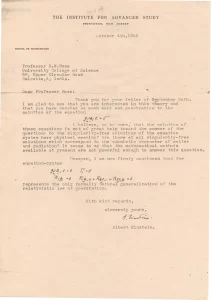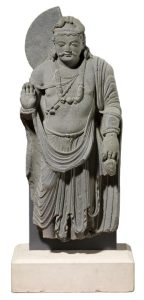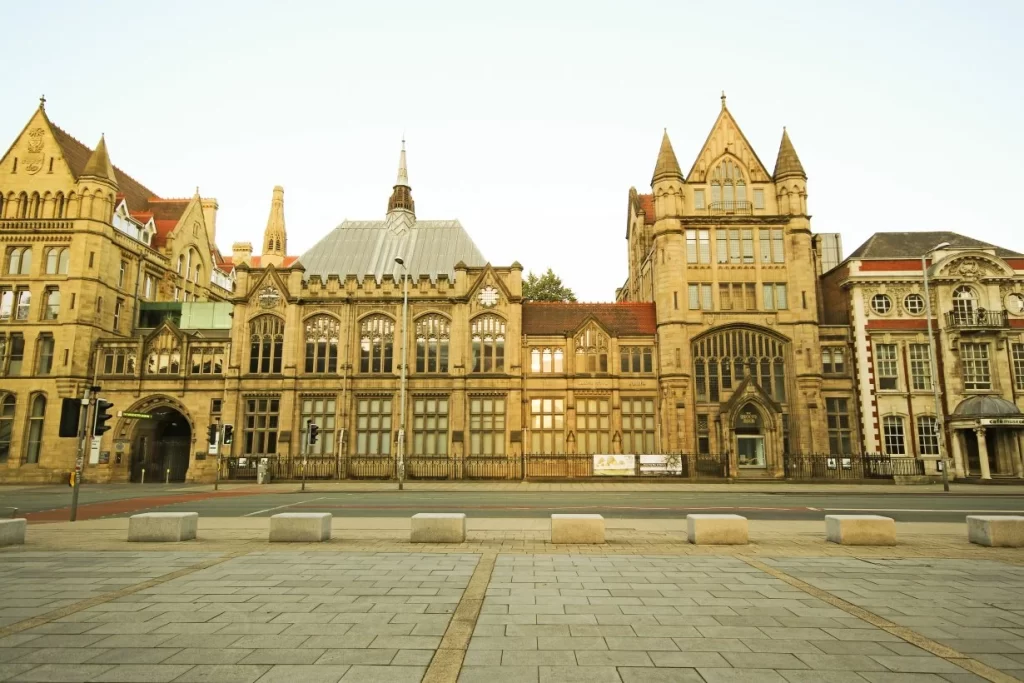Abhishek Kumar
The University of Manchester’s Manchester Museum will reopen to the public on February 18, 2023, following a major capital makeover. In addition to providing fresh viewpoints on British Asian and South Asian culture and innovation, this new multilingual museum will explore the connection between South Asia and Britain’s imperial heritage. The new South Asia Gallery at Manchester Museum, a collaboration with the British Museum, is the country’s first permanent exhibition space devoted to the lives and history of South Asian diaspora populations.
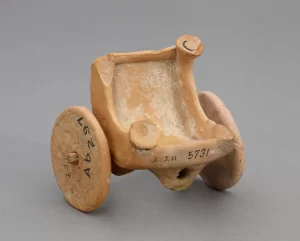
On February 18, Manchester Museum will debut the first permanent display in the UK devoted to the experiences, contributions, and histories of the South Asian diaspora. In addition to providing fresh viewpoints on British Asian and South Asian culture and innovation, this new multilingual museum will explore the connection between South Asia and Britain’s imperial heritage.
Through cooperation with the British Museum, the new South Asia Gallery offers a modern perspective on South Asian history and culture. Including community leaders, educators, artists, historians, journalists, scientists, musicians, and students from Manchester’s South Asian diaspora, it is co-curated by 30 specialists from various backgrounds. They are known as The South Asia Gallery Collective, and their mission is to provide new insights into the creativity and culture of a group that is underrepresented in the arts.
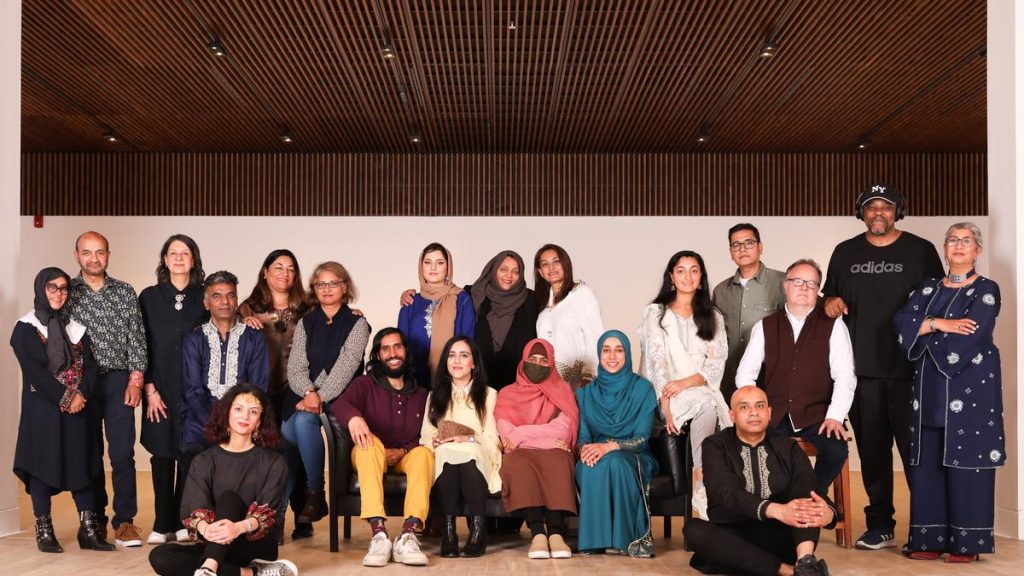
A wide range of exhibitions and works in many languages, genres, and mediums will be presented, catering to people of all ages, backgrounds, and cultures. Nusrat Ahmed, the gallery’s community producer and main curator, is one of those driving the innovative new project.
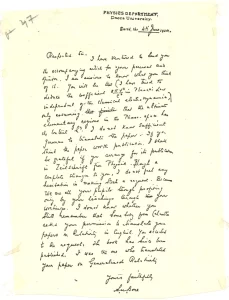
This stunning new museum serves as a platform for the telling of tales from a south Asian perspective. Visitors will be able to learn more about what it means to be a south Asian through touching stories and items. The gallery highlights the diversity of this area and highlights past and present contributions made by the South Asian diaspora in Britain. It will make so many people happy and marvel, in addition to being a destination for education and inspiration.
Six distinct but linked themes will be explored in the gallery: Past and Present, Lived Environments, Innovation & Language, South, Music & Dance, British Asian, and Movement and Empire. Ancient Indus Valley pottery, army uniforms, correspondence between Albert Einstein and Satyendra Nath Bose, a Bengali polymath known as one of the most significant mathematicians and medics to have ever lived, modern artwork, and Quran cubes are among the treasures on show (an electronic speaker that recites passages from the holy scripture).
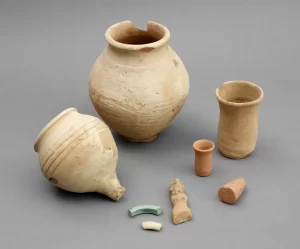
The goal is to highlight the diversity of South Asian culture, the contributions South Asian communities have made to British culture dating back to before the 1970s and 1980s, and the negative effects of British colonialism on South Asia, particularly in light of the 1947 Partition and the trauma and spectres it has left in its wake. Thus, the gallery will act as a celebration as well as an intense reminder of how complicated British-South Asian relations have historically been, marred by British myths of racial supremacy and violent acts like the 1943 Bengal famine, which was caused by Churchill intentionally withholding food supplies to feed the British war machine in the East.
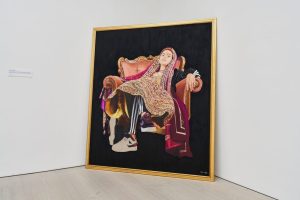
Nusrat Ahmed, South Asia Gallery curator at Manchester Museum, says: “As a first-generation British-born South Asian person, it is really exciting to be part of such a groundbreaking project. The co-curated South Asia Gallery envisages a collaborative, iterative space that will generate new perspectives and connections. We hope to engage further diaspora communities on its opening and support its continual evolution. This personalised approach humanises the gallery, telling stories about real people and their objects.”
